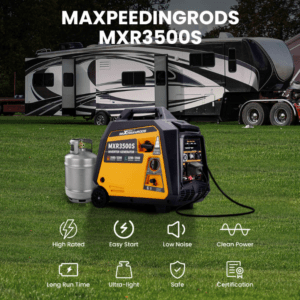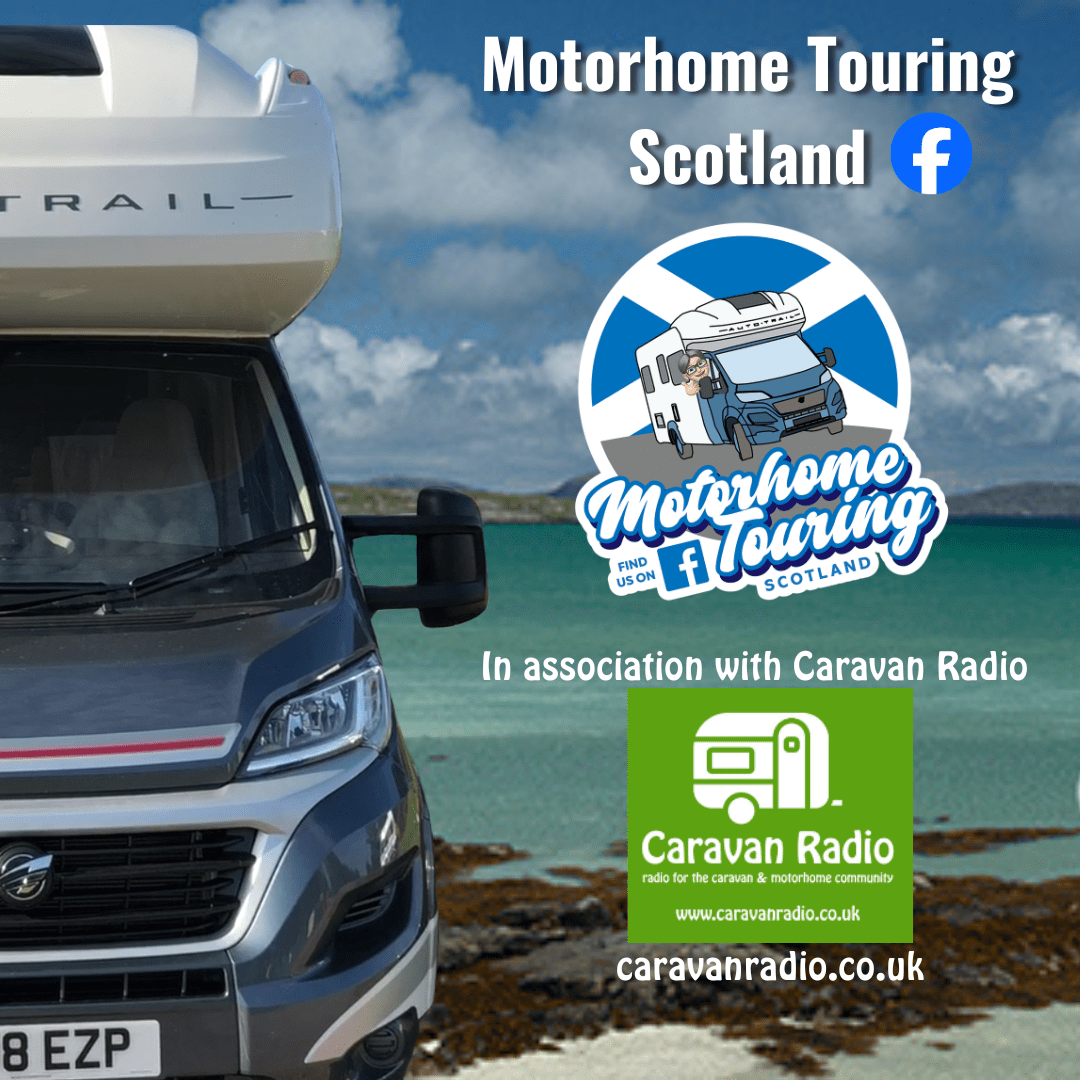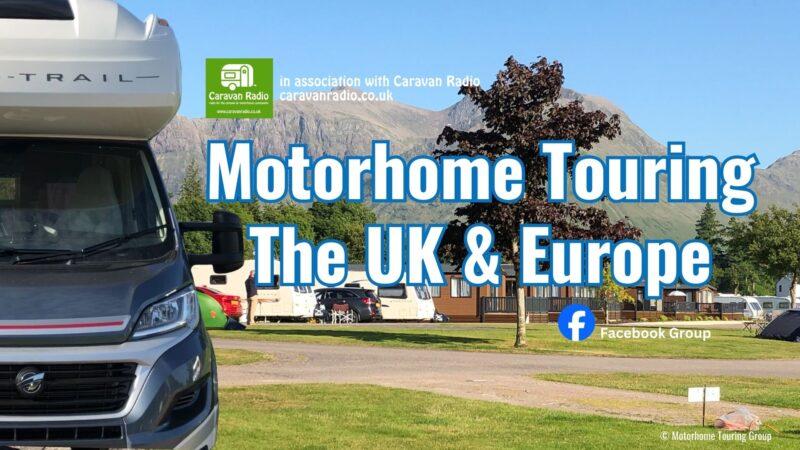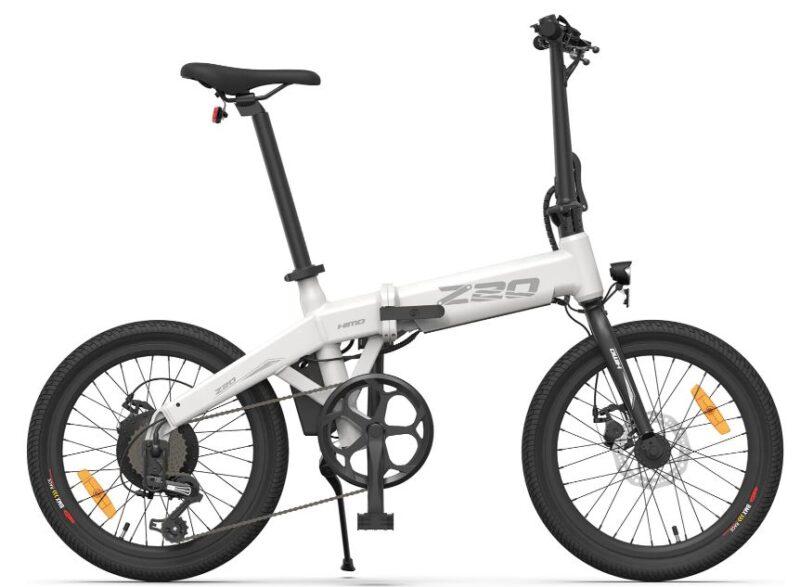
Motorhome Tips For Beginners
Motorhome Tips and Tricks For Beginners
What Motorhome Accessories Do You Need?
All The Aires guides:
 These guides are highly recommended for motorhome enthusiasts traveling abroad. They provide comprehensive information about thousands of aires for France, Spain, and Portugal including photos, directions, facility details, local amenities, and GPS coordinates.
These guides are highly recommended for motorhome enthusiasts traveling abroad. They provide comprehensive information about thousands of aires for France, Spain, and Portugal including photos, directions, facility details, local amenities, and GPS coordinates.
Omnia Stovetop Oven:
 This portable oven is perfect for motorhomes with limited cooking facilities. It sits on the stove and allows you to prepare delicious meals while on the go.
This portable oven is perfect for motorhomes with limited cooking facilities. It sits on the stove and allows you to prepare delicious meals while on the go.
-
- Contents: 2 litres.
- Dimensions (W x H): 250 x 140 mm.
- Weight: 500 g.
- Gross weight: 812 g.
Campingaz 360 Grill:
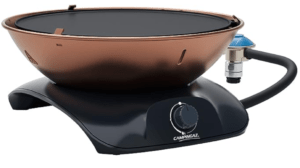 This compact grill offers a convenient way to enjoy barbecues during your motorhome adventures.
This compact grill offers a convenient way to enjoy barbecues during your motorhome adventures.
VERSATILE: The portable gas tabletop grill offers a variety of grilling and cooking options with a reversible die-cast aluminum grill plate (smooth & ribbed) and a pot support for cooking
Awnings:
Awnings provide additional space that can be adapted for indoor or outdoor use, enhancing your overall camping experience.
Bike racks:
 Ideal for outdoor enthusiasts, bike racks allow you to bring your bicycles along on your motorhome trips.
Ideal for outdoor enthusiasts, bike racks allow you to bring your bicycles along on your motorhome trips.
Satellite & Wifi systems:
 Satellite systems enable you to stay connected and enjoy entertainment options while on the road. Motorhome Internet
Satellite systems enable you to stay connected and enjoy entertainment options while on the road. Motorhome Internet
3G/4G/5G compatible low-profile antenna
Ability to toggle between campsite Wi-Fi and 4G mobile network
Dual unlocked sim slots to assist mobile coverage
Dedicated phone line and remote access support 7 days a week
Flexible 12 V / 240 V power
Solar panels:
 Solar panels provide a sustainable source of energy for your motorhome, reducing reliance on external power sources.
Solar panels provide a sustainable source of energy for your motorhome, reducing reliance on external power sources.
The monocrystalline solar panel is compactly designed with a size of 960*670*35mm. The aluminum frame and tempered glass panel is perfect for outdoor use, allowing the panels to last for decades. The IP66 waterproof panel can also withstand high winds (2400Pa) and snow loads (5400Pa).
Ladders:
 Ladders are essential for accessing the roof of your motorhome for maintenance or recreational purposes.
Ladders are essential for accessing the roof of your motorhome for maintenance or recreational purposes.
Easy to open, retract, and adjust, this lightweight telescopic ladder can be extended to the right height for any job by the foot.
Green and Red Locking indicators at each step assure you the ladder is locked with confidence and security. Green means safe to climb, red means not safe
Alarms & Security Systems:
Protect your motorhome with alarms and security systems designed to deter theft and enhance safety.
Air Conditioning System:
 Ecoflow Wave air conditioning system – Ensures a comfortable interior temperature during hot weather conditions.
Ecoflow Wave air conditioning system – Ensures a comfortable interior temperature during hot weather conditions.
Enjoy the convenience of cooling and heating right out of the box! WAVE 2 is the perfect air conditioner for any compact space. It’s extremely simple to use, requiring no installation or drainage. Fits anywhere, making it perfect for your tent, motorhome, or home.
Buying a Motorhome
10 important factors to consider when buying a motorhome:
Budget:
Determine your budget range and explore options within that range. Consider both the initial purchase cost and ongoing expenses such as insurance, maintenance, and fuel.
Size and Layout:
Layout is the most important and you should consider hiring a motorhome first before buying one. Decide on the size and layout that best suits your needs. Consider the number of berths, seating areas, storage space, and overall comfort. Renting a motorhome is a great way to see what works for you – Tips for first-time Motorhome Renters
Type of Motorhome:
There are various types available, including coachbuilds, A-class, campervans, and conversions. Research each type to find the one that aligns with your preferences and requirements.
New vs. Used:
Decide whether you want to buy a new or used motorhome. Each option has its pros and cons in terms of cost, warranty, customization, and depreciation.
Maintenance and Running Costs:
Consider the maintenance and running costs associated with the motorhome you’re interested in. Fuel efficiency, service intervals, and spare parts availability are important factors to evaluate.
Weight and License Requirements:
Ensure that your driving license permits you to drive the motorhome you’re considering. Different weight categories may require specific licenses. As a basic rule, the magic weight is below 3500kg (requires standard license) and over 3500kg (requires C1 entitlement on your license)
Insurance:
Research insurance options and costs for motorhomes. Factors such as vehicle value, usage, security measures, and driving history can influence insurance premiums.
Test Drive:
Whenever possible, take a test drive to assess the motorhome’s handling, comfort, and driving experience. Pay attention to visibility, maneuverability, and ease of use.
Additional Features:
Consider the additional features you desire, such as heating systems, kitchen appliances, bathroom facilities, entertainment systems, and storage solutions.
Resale Value:
While not an immediate concern, it’s worth considering the potential resale value of the motorhome you choose. Resale value can be influenced by factors such as brand reputation, condition, and market demand.
Remember to conduct thorough research, consult with experts, and carefully evaluate your options before making a decision. Happy motorhome hunting!
Kitting Out Your Motorhome
Here are some of the top items that you might consider when kitting out your motorhome:
Bedding:
Comfortable bedding is essential for a good night’s sleep. Consider investing in pillows, duvets, and sheets that fit your motorhome beds.
French Bed & Island Bed

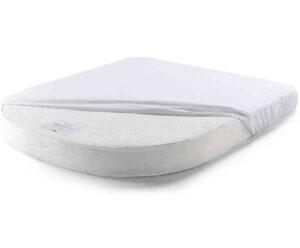
Cooking Equipment:
A portable stove, pots, pans, and utensils are necessary for preparing meals on the go. You might also consider a fridge, microwave, or oven depending on your needs.
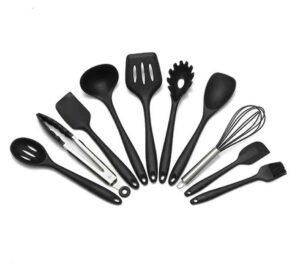
Water Containers:
Water containers are essential for storing and transporting water. Consider purchasing containers that are easy to fill, clean, and store.
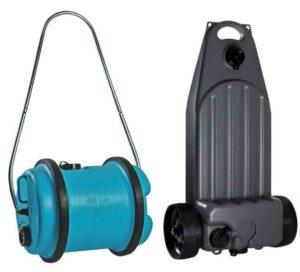
Toilet Chemicals:
Toilet chemicals are necessary for maintaining a clean and hygienic toilet system. Choose chemicals that are eco-friendly and safe for your motorhome.

Levelling Blocks:
Levelling blocks help to stabilize your motorhome on uneven ground. They are essential for ensuring a comfortable and safe camping experience.
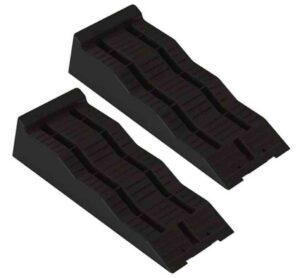
Electric Hookup Cable:
An electric hookup cable is necessary for connecting your motorhome to an external power source. Ensure that the cable is long enough to reach the power source.
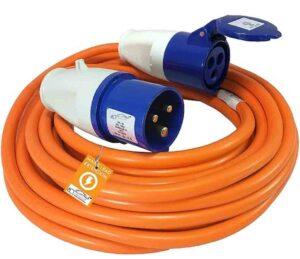
First Aid Kit:
A first aid kit is essential for emergencies. Ensure that your kit contains essential items such as plasters, bandages, antiseptic cream, and painkillers.

Tool Kit:
A tool kit is necessary for minor repairs and maintenance tasks. Consider purchasing a kit that includes screwdrivers, pliers, wrenches, and other essential tools.

Outdoor Furniture:
Outdoor furniture such as chairs, tables, and awnings can enhance your camping experience. Choose furniture that is lightweight, durable, and easy to store.
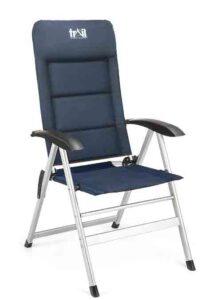
Entertainment:
Consider bringing along entertainment options such as books, board games, or electronic devices to keep you entertained during your trip.
Please note that this is not an exhaustive list, and your specific needs may vary based on your preferences and travel plans.
Motorhome Security
10 important things to consider regarding motorhome security:
Insurance:
Ensure you have excellent insurance coverage and follow your provider’s advice.
Keys and Keyless Entry:
Keep your keys hidden from view and away from your vehicle. Consider using a key safe.
Selling Your Motorhome:
When selling privately, never give the potential buyer your key and never let it out of your sight.
Alarms and Tracking Devices:
Consider installing alarms and tracking devices approved by your insurance provider.

Secure Storage:
If possible, store your motorhome in a secure storage facility when not in use.
Habitation Door Lock:
Invest in a high-quality habitation door lock to enhance security.

Garage Door Lock:
Secure your motorhome’s garage door with a reliable lock.
Motorhome Security Camera:
Consider installing a wireless security camera to monitor your motorhome.

Clutch/Pedal Protector:
Use a clutch/pedal protector to deter theft.
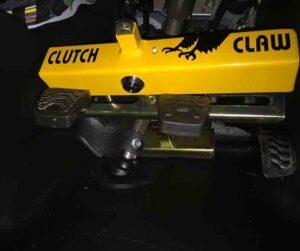
Improve Cab Door Security:
Enhance cab door security with additional locks or reinforcement.

These measures can help protect your motorhome from theft and enhance your peace of mind. Remember to consult with security professionals and consider your specific needs and circumstances.
Motorhome Documentation
10 important things to consider regarding motorhome documentation:
Driving License:
Ensure you have the appropriate driving license for the motorhome you intend to drive. The license requirements depend on factors such as your age and the vehicle’s maximum authorized mass (MAM).
Registration Documents:
Make sure you have the necessary registration documents for your motorhome. These documents provide proof of ownership and are required for legal purposes.
Insurance:
Obtain comprehensive insurance coverage for your motorhome. Insurance protects you financially in case of accidents, theft, or damage.
Warranty Information:
If you’re buying a new motorhome, familiarize yourself with the warranty terms and conditions. Understand what is covered and for how long.
Service History:
Request the service history of the motorhome you’re interested in. A well-maintained motorhome with a documented service history is likely to be more reliable.
Instruction Manuals:
Ensure you have access to instruction manuals for the motorhome and its appliances. These manuals provide guidance on operating and maintaining various systems.
Moisture Check:
If you’re buying a used motorhome, consider having it checked for moisture using a moisture meter. Moisture can indicate potential issues such as leaks or water damage. What is a Habitation Check?
Continuity of Registration Documents:
When buying a second-hand motorhome, verify the continuity of registration documents. Ensure that the necessary paperwork is in order and reflects accurate information.
DVLA Notification:
If you’re considering a conversion motorhome, inform the Driver and Vehicle Licensing Agency (DVLA) about the conversion to ensure compliance with regulations.
Motorhome Handbook:
Familiarize yourself with the motorhome’s handbook or manual. It provides specific information about the motorhome’s features, systems, and maintenance requirements.
Remember to consult official sources, such as government websites and motorhome manufacturers
Motorhome Driving
10 important things to consider when driving a motorhome.
Watch the Weight:
Establish the Maximum Technically Permitted Laden Mass (MTPLM) of the motorhome, which is the heaviest the motorhome can be with everything and everyone on board. Driving a motorhome for the first time
Confidence Building:
Gain confidence by practicing driving a motorhome, as it is similar to driving a car but requires adjustments due to its larger size and weight.
Know the Dimensions:
Be aware of the motorhome’s height, width, and length to avoid potential obstacles such as low bridges or narrow roads.
Continuous Mirror Usage:
Continuously use your mirrors to monitor your surroundings, as the motorhome’s size may affect visibility.
Safe Turning:
Pull out further into junctions than you expect to make a turn, ensuring that you have enough space to maneuver the motorhome.
Speed Limits:
Familiarize yourself with the speed limits that apply to your motorhome based on its weight category and the type of road.
Pre-Departure Checklist:
Use a pre-departure checklist to ensure that all interior and exterior aspects of the motorhome are secure and ready for travel.
Take It Slow:
Drive at a comfortable speed, allowing plenty of time to reach your destination and adjust to the motorhome’s handling.
Practice Parking:
Practice parking the motorhome in different scenarios to improve your spatial awareness and maneuvering skills.
Stay Alert:
Maintain focus and stay alert while driving, as motorhomes require extra attention due to their size and weight.
Remember, these tips are not exhaustive, and it’s essential to familiarize yourself with the specific motorhome you’ll be driving.
Motorhome Systems
10 important motorhome systems you should familiarize yourself with:
Heating System:
Understand the heating system in your motorhome, such as Truma Combi heaters.
Electrical System:
Learn about the electrical components, installation, batteries, switches, consumer units, and circuit isolation. Tips on Habitation Battery Care
Security System:
Consider motorhome security measures, including wheel clamps, steering locks, alarms, security cameras, trackers, immobilizers, and improved door locks.
TV and Satellite System:
Explore TV and satellite systems designed for motorhomes, caravans, and campervans.

Water System:
Familiarize yourself with the water system, including freshwater tanks and their placement.

Gas System:
Understand the gas system, including safety measures, refilling procedures, and maintenance.
Toilet System:
Learn about motorhome toilet systems, including types, usage, cleaning, and maintenance.

Connectivity System:
Explore options for staying connected while on the road, such as internet access, mobile networks, and Wi-Fi solutions.

Maintenance System:
Understand motorhome maintenance tasks, schedules, and tips for keeping your vehicle in optimal condition.
Driving System:
Familiarize yourself with motorhome driving techniques, including handling, maneuvering, and adjusting to the vehicle’s size and weight.
Remember, these are just some of the important motorhome systems to consider. Each system plays a crucial role in ensuring a safe, comfortable, and enjoyable motorhome experience.
Motorhome FAQs
Motorhome Gas
When buying a motorhome, it’s important to consider the following aspects regarding gas appliances and their use:
Gas Safety:
Ensure that all gas appliances in your motorhome comply with safety regulations and standards.
Gas Appliances:
Familiarize yourself with the gas appliances installed in the motorhome, such as gas cookers, gas fires, and gas water heaters.
User Guides:
Request user guides or maintenance instructions for the gas appliances. These guides provide essential information on operating and maintaining the appliances.
Gas Storage:
Understand the gas storage options available in the motorhome, such as gas cylinders or gas tanks.
Gas Supply:
Determine the type of gas supply used in the motorhome, such as propane or butane.
Gas Pressure:
Be aware of the gas pressure requirements for the appliances and ensure that the gas supply is regulated accordingly.
Gas Ventilation:
Ensure proper ventilation for gas appliances to prevent the accumulation of gas fumes and ensure the safety of occupants.
Gas Leak Detection:
Familiarize yourself with gas leak detection methods and equip the motorhome with appropriate gas detectors or alarms.
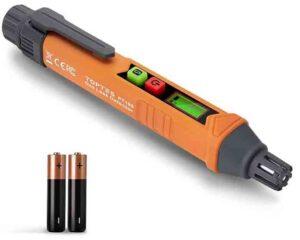
Gas Cylinder Storage:
Understand the storage requirements for gas cylinders, such as storing them in a well-ventilated gas locker or designated storage area.
Gas Safety Checks:
Regularly inspect and maintain gas appliances to ensure their safe operation. Consider professional gas safety checks to identify and address any potential issues.
Remember, gas appliances and their safe use are crucial for a comfortable and secure motorhome experience. Always follow safety guidelines and consult professionals for any gas-related concerns.
Motorhome Tips For Beginners
Motorhome Toilet
10 important things to consider regarding the use and maintenance of your motorhome toilet:
Toilet Chemicals:
Use appropriate toilet chemicals to keep your motorhome toilet clean, fragrant, and fully functioning.

Tank Cleaner:
Regularly clean the toilet waste tank to prevent odors and maintain hygiene.
Waste-Tank Chemicals:
Add waste-tank chemicals to break down waste matter quickly and eliminate unpleasant smells and gases.
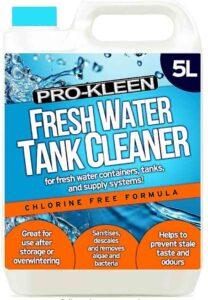
Toilet Tissue:
Use toilet tissue that dissolves quickly to prevent the tank from clogging up.
Flushing Chemicals:
Consider using flushing chemicals to keep the toilet bowl clean.

Ventilation:
Ensure proper ventilation to prevent the accumulation of gas fumes and maintain a fresh environment.
Seal Maintenance:
Regularly inspect and maintain the toilet seal to prevent leaks and ensure a watertight connection.

Emptying the Cassette:
Follow proper procedures for emptying the toilet cassette to avoid spills and contamination.
Cleaning the Bowl:
Clean the toilet bowl regularly using appropriate cleaning agents to maintain hygiene.
Regular Inspections:
Conduct regular inspections of the toilet system to identify any issues or potential leaks.
Remember to consult the user manual provided by the manufacturer for specific instructions on using and maintaining your motorhome toilet.
Motorhome Tips For Beginners
Motorhome Water
10 important things to consider regarding the use and maintenance of your motorhome water tanks:
Water Containers:
Various forms of containers are available for fresh or wastewater, such as plastic jerry cans, rolling water barrels, and trolley-type containers.
Water Supply:
Understand the water supply options available in your motorhome, such as portable water containers or onboard fresh/waste water tanks.
Water Quality:
Ensure that the water you use is safe and potable. Consider using water filters or purifiers to remove impurities and contaminants.
Water Pressure:
Be aware of the water pressure requirements for your motorhome and ensure that the water supply is regulated accordingly.
Water Pump:
Understand the type of water pump installed in your motorhome, such as submersible or diaphragm pumps, and ensure that it is functioning correctly.
Water Heater:
Familiarize yourself with the water heater system in your motorhome, including the type of heater, fuel source, and maintenance requirements.
Water Tank Cleaning:
Regularly clean the water tanks to prevent contamination and maintain hygiene. Use appropriate tank cleaners and flush the system regularly.
Water Tank Drainage:
Drain the water tanks when not in use to prevent the growth of bacteria and algae.
Water Tank Inspection:
Conduct regular inspections of the water tanks to identify any leaks, cracks, or damage.
Water Tank Capacity:
Be aware of the water tank capacity and plan your water usage accordingly. Consider carrying additional water containers if necessary.
Remember to consult the user manual provided by the manufacturer for specific instructions on using and maintaining your motorhome water tanks.
Motorhome Maintenance
10 important things to consider regarding motorhome maintenance:
Read the Owner’s Manual:
The owner’s manual is a vital source of information. It provides guidance on operating and maintaining various systems.
Regular Cleaning:
Regularly clean the interior and exterior of your motorhome to maintain its appearance and prevent damage.
Roof Maintenance:
Inspect and maintain the roof of your motorhome to prevent leaks and water damage.
Tire Maintenance:
Check tire pressure and tread depth regularly and replace tires as needed.
Fluid Checks:
Check fluid levels such as oil, coolant, and brake fluid regularly and top up as needed.
Battery Maintenance:
Inspect and maintain your motorhome’s battery to ensure it is functioning correctly.
Brake Maintenance:
Regularly inspect and maintain your motorhome’s brakes to ensure they are functioning correctly.
Electrical System Maintenance:
Inspect and maintain your motorhome’s electrical system, including wiring, fuses, and switches.
Plumbing System Maintenance:
Inspect and maintain your motorhome’s plumbing system, including pipes, valves, and pumps.
Regular Servicing: Schedule regular servicing and maintenance checks with a qualified technician to ensure your motorhome is in optimal condition.
Remember to consult the user manual provided by the manufacturer for specific instructions on maintaining your motorhome.
Motorhome Tips For Beginners
Motorhome Condensation
10 important things to consider regarding motorhome condensation:
Understanding Condensation:
Condensation occurs when warm air comes in contact with cold surfaces, such as windows or metal parts of a motorhome.
Signs of Condensation:
Look for water droplets, dampness, or mould growth on windows, walls, or upholstery.
Causes of Condensation:
Cooking, showering, and breathing release moisture into the air, which can lead to condensation.
Ventilation:
Ensure proper ventilation by opening windows or using extractor fans to allow moist air to escape.
Dehumidifiers:
Consider using electric dehumidifiers to remove excess moisture from the air.
Insulation:
Proper insulation can help maintain a consistent temperature inside the motorhome, reducing the risk of condensation.
Air Circulation:
Promote air circulation by using ceiling fans or leaving internal doors open to allow air to flow freely.
Drying Wet Items:
Avoid drying wet clothes or gear inside the motorhome, as it can increase humidity levels.
Sealing Gaps:
Check for any gaps or leaks that may allow outside air to enter the motorhome, as this can contribute to condensation.
Regular Maintenance:
Regularly inspect and clean areas prone to condensation, such as windows, seals, and ventilation systems.
By considering these factors, you can minimize the risk of condensation and maintain a comfortable environment inside your motorhome.
Motorhome Smells
10 important things to consider to avoid motorhome smells:
Dampness:
Prevent dampness by ensuring proper ventilation and using dehumidifiers if necessary.
Mould and Mildew:
Regularly clean and inspect your motorhome to prevent mould and mildew growth.
Toilet Odours:
Empty and clean your motorhome’s cassette toilet and grey waste tanks regularly.
Rubbish:
Dispose of rubbish properly and promptly to avoid unpleasant odors.
Cooking Odours:
Use proper ventilation while cooking and clean cooking surfaces regularly.
Refrigerator Odours:
Clean your refrigerator regularly and dispose of expired food items.
Pet Odours:
Keep your motorhome clean and groom your pets regularly to minimize pet odours.
Chemical Odours:
Avoid using excessive amounts of cleaning chemicals or air fresheners.
Water System:
Maintain your motorhome’s water system to prevent foul odours.
Regular Cleaning:
Regularly clean your motorhome’s interior, including carpets, upholstery, and curtains.
By following these guidelines, you can help keep your motorhome smelling fresh and pleasant.
Motorhome Problems
10 common motorhome problems:
Engine management lights come on:
The engine management light indicates that there is something connected with the engine that is not functioning as it should and could affect the emissions of the vehicle.
Electrical/battery warning light comes on:
The electrical/battery warning light indicates an issue with the electrical system or battery.
Electrical steps stop working:
Motorhome steps can be exposed to dirt and grime from roads, which can cause problems with their operation.
Motorhome fridge doesn’t work:
Issues with the motorhome fridge can range from power supply problems to mechanical faults.
Motorhome water pump failure:
Water pump failures can result from various causes, such as electrical issues or mechanical faults.
Motorhome control panel stops working:
Control panel malfunctions can occur due to electrical or wiring problems.
Battery failure:
Battery failures can be caused by various factors, including age, lack of maintenance, or electrical issues.
LPG supply issues:
LPG (liquefied petroleum gas) supply issues can arise due to problems with the gas system or supply.
Spare parts supply:
Motorhome spare parts availability can be a challenge, especially for older models.
Airbag warning lights come on:
Airbag warning lights indicate an issue with the airbag system, which should be addressed promptly.
Please note that these are general problems that motorhome owners may encounter.
Motorhome Tips For Beginners
Planning a Motorhome Trip
10 important things to consider when planning a motorhome trip:
Destination:
Choose a destination that aligns with your interests and preferences. Consider factors such as climate, scenery, attractions, and accessibility.
Route Planning:
Plan your route carefully, considering factors such as road conditions, traffic, and fuel stops.
Budget:
Determine your budget range and plan your trip accordingly. Consider expenses such as fuel, food, accommodation, and activities.
Accommodation:
Research and book campsites or other accommodation options in advance to ensure availability.
Vehicle Maintenance:
Ensure that your motorhome is in optimal condition before embarking on your trip. Conduct regular maintenance checks and address any issues promptly.
Travel Insurance:
Obtain comprehensive travel insurance coverage for your motorhome trip. Consider factors such as medical emergencies, vehicle breakdowns, and trip cancellations.
Documentation:
Ensure that you have all the necessary documentation for your motorhome, such as registration, insurance, and driving license.
Safety:
Prioritize safety by following traffic rules, wearing seat belts, and avoiding distractions while driving.
Activities:
Plan activities and attractions that align with your interests and preferences. Consider options such as hiking, sightseeing, and cultural experiences.
Emergency Preparedness:
Prepare for emergencies by carrying essential items such as first aid kits, flashlights, and spare batteries. Familiarize yourself with emergency procedures and contact information.
Remember to conduct thorough research, consult with experts, and carefully evaluate your options before making a decision.
https://johnnyburr.blogspot.com/2023/09/motorhome-tips-for-beginners-motorhome.html
YouTube Channel youtube.com/@johnnysbackyard/?sub_confirmation=1
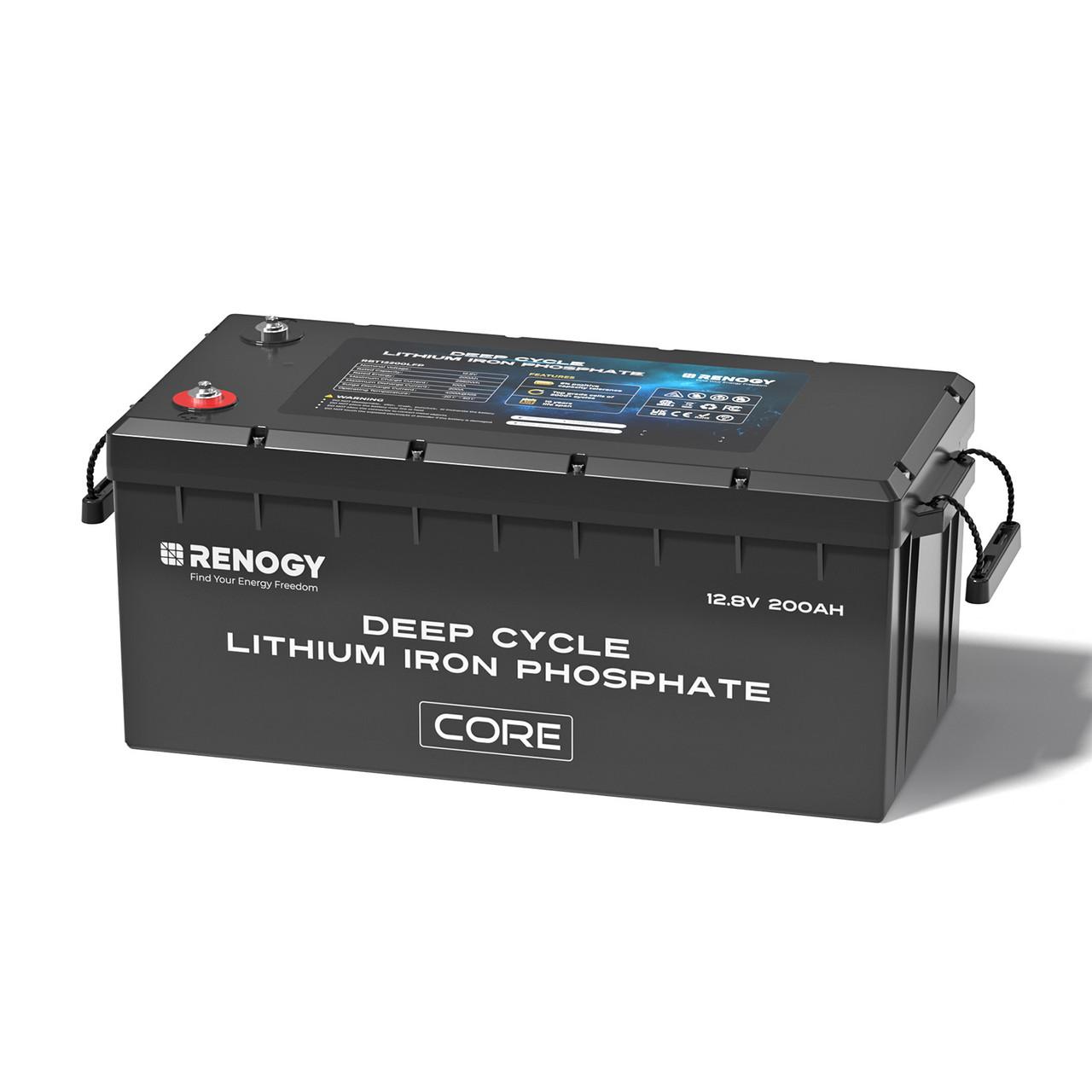
 Renogy LIthium Iron Phosphate Batteries
Renogy LIthium Iron Phosphate Batteries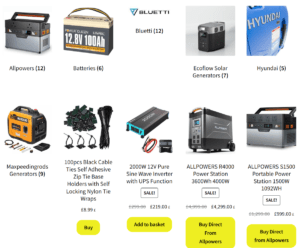






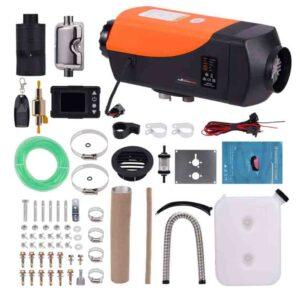
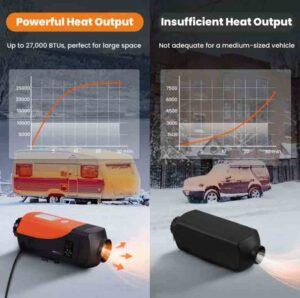

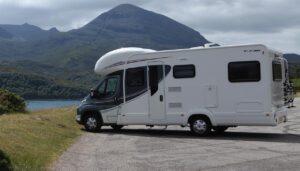
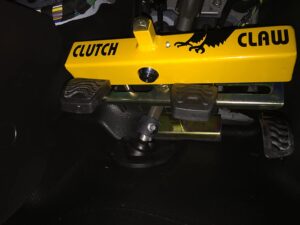
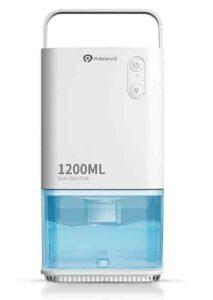


































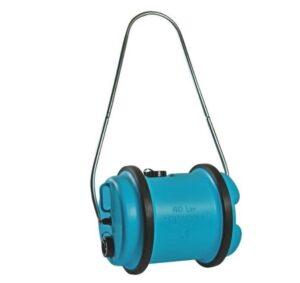
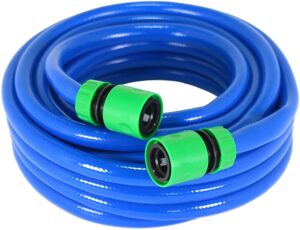

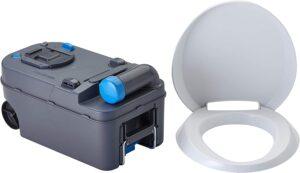

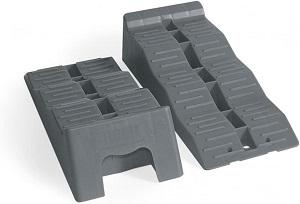
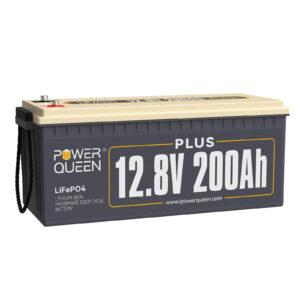

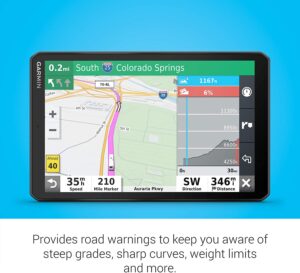
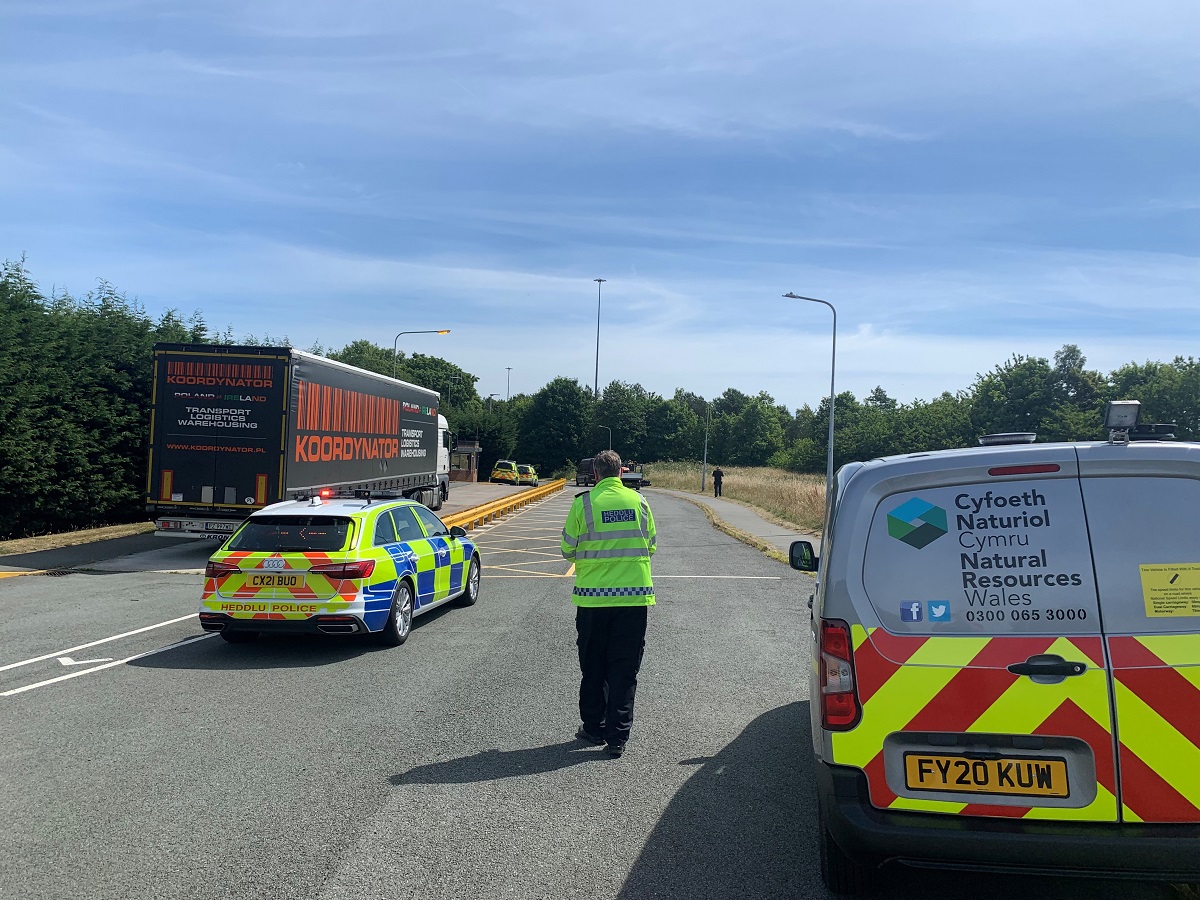


 Maxpeedingrods MXR3500s Duel Fuel Inverter Generator
Maxpeedingrods MXR3500s Duel Fuel Inverter Generator